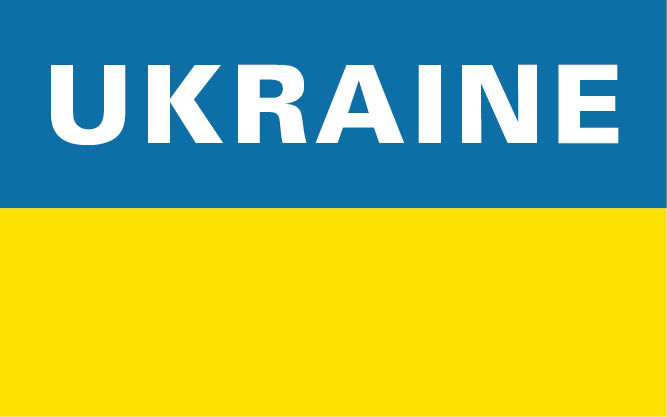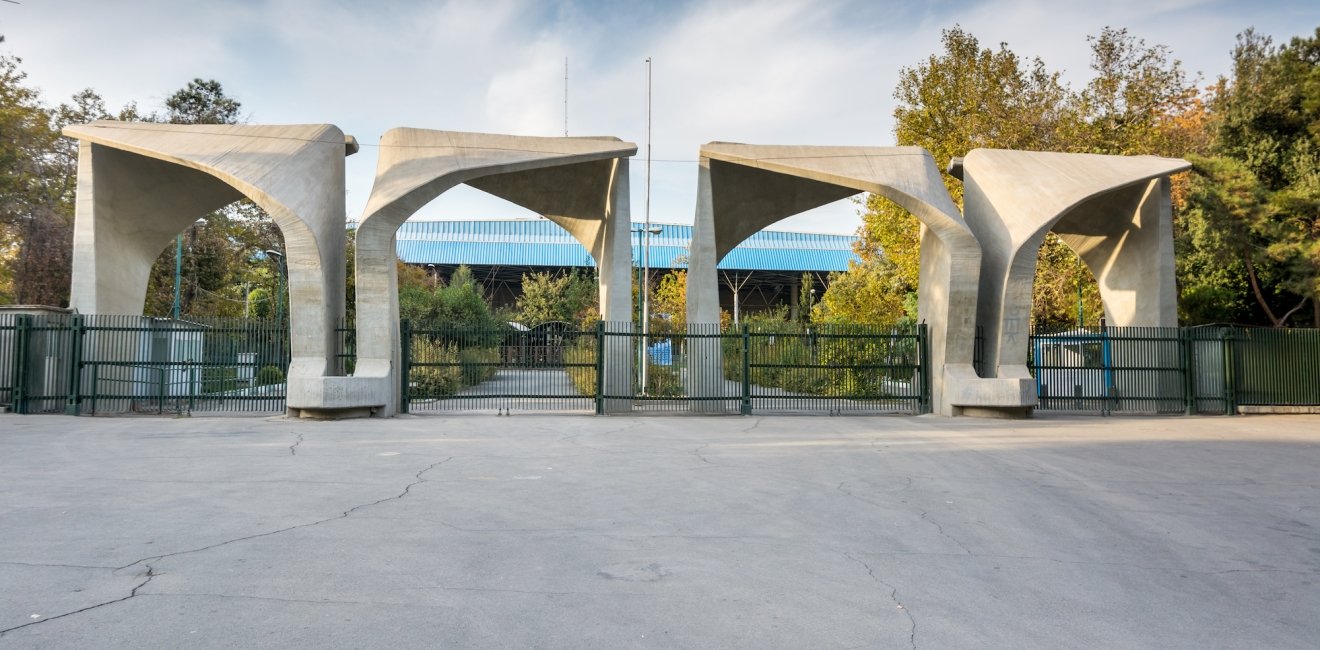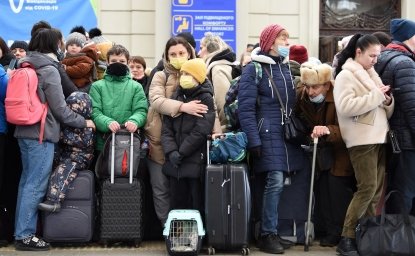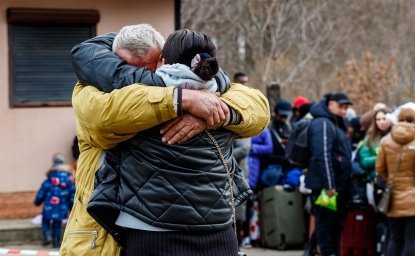Two weeks before the first anniversary of 22-year-old Mahsa Amini’s death in police custody and the many months of revolutionary uprisings that followed Iran’s Islamic Republic has bared its iron fist towards the families and other Iranians preparing to pay their respects to the dead—over 500 women and men who sacrificed their lives and futures for the cause of “Woman, Life, Freedom.”
Preventing a resurgence of protests
The regime has opted for a massive show of force and drastic measures to intimidate and crush all possible anti-government demonstrations. A month ago, it sent the Morality Police back to the streets of Iranian cities, which were quietly withdrawn last October, and is putting in place additional security forces to ensure women observe the Islamic head covering, or hijab. The regime’s message is that not only will women who don’t cover properly be targeted, but all demonstrations and protests on the streets, universities, and other public places will be crushed. The reason is clear: the regime fears it will be unable to contain or control a revival of the protest movement ignited last September. Nor, apparently, does the regime feel it can afford once again to arrest thousands and kill several hundred of its young citizens. Thus, early preparation of preventive measures is essential.
Over 200 gender and political researchers, artists and journalists in Iran and the diaspora have protested the arrest of the activists in Gilan and other provinces...
Last week, the BBC reported widespread arrests of women activists by judiciary and security forces in Gilan, Mahabad, Oshnouyeh, Tehran and Tabriz. The Gilan activists, with the usual hyperbole, were accused of “Preparing the ground for fomenting riots and insurrection in the Gilan province and some cities in the Kurdistan province.” Families who sought information about where their women were being held were given none. Over 200 gender and political researchers, artists and journalists in Iran and the diaspora have protested the arrest of the activists in Gilan and other provinces, as well as the false accusations brought against them.
The regime is also threatening the families of the protestors killed during the demonstrations last year. These families are, by implication, being warned not to hold observance ceremonies, visit the graves of their loved ones, or pay their respects to those who lost their lives during the uprisings. Reports are circulating that shopkeepers and businesses have been warned not to close their premises to mark the anniversary. The deputy head of the judiciary also warned protestors who were pardoned by the Supreme Leader and freed from prison not to participate in any new demonstrations; if arrested for a second time, they would have to face harsh punishment, he said.
No segments of society are safe
The regime has also been purging academics from universities across the country that supported the students who participated in last year’s demonstrations and protested the arrests and imprisonment of their colleagues. The targeted institutions include Tehran University, Iran’s ‘mother’ institution of higher education, and Sharif University, a technical institution widely considered Iran’s MIT, where the country’s leading engineers and scientists are trained. A substantial number of students have also been barred from attending classes and completing their studies.
These measures represent a throwback to the so-called ‘cultural revolution’ of the early days of the Islamic Republic when large numbers of professors were dismissed from universities. Iran’s syndicate of university professors has publicly condemned the “destructive interference” of security and intelligence forces in university affairs. The regime is replacing dismissed professors with less qualified academics. One professor compared this purge to the thirteen-century Mongol invasion of Iran, spreading waste and destruction everywhere.
According to reports, a number of universities across the country will admit fewer women and are considering total segregation of women and men in university classes.
Meanwhile, the Ministry of Higher Education is revising the humanities curriculum of subjects like Western philosophy and dropping several topics, including English language and literature, cinematography, and sculpture. It also expands the teaching of Islamic philosophy, Islamic law and Islamic ethics. According to some reports, a number of universities across the country will admit fewer women and are considering total segregation of women and men in university classes.
Even athletes and athletics have not been spared in this new crackdown. Last week, the people of Tehran woke up to astonishing news. On the eve of a popular national soccer tournament, whose matches are attended by tens of thousands of Iranians, bulldozers were busy demolishing the spectator stands in Tehran’s largest stadium. Only last July, under pressure from international soccer organizations, the government decided women could attend these games – albeit sitting in segregated stands. The reason behind the recent demolition seems clear: the government cannot afford to have tens of thousands of male and female spectators under one roof. The regime also cannot risk the probability that the majority of women will remove their hijabs or the high likelihood that the spectators will not only cheer the players but convert their cheering into slogans against the regime.
The views expressed in this article are those of the author and do not express the official position of the Wilson Center.








